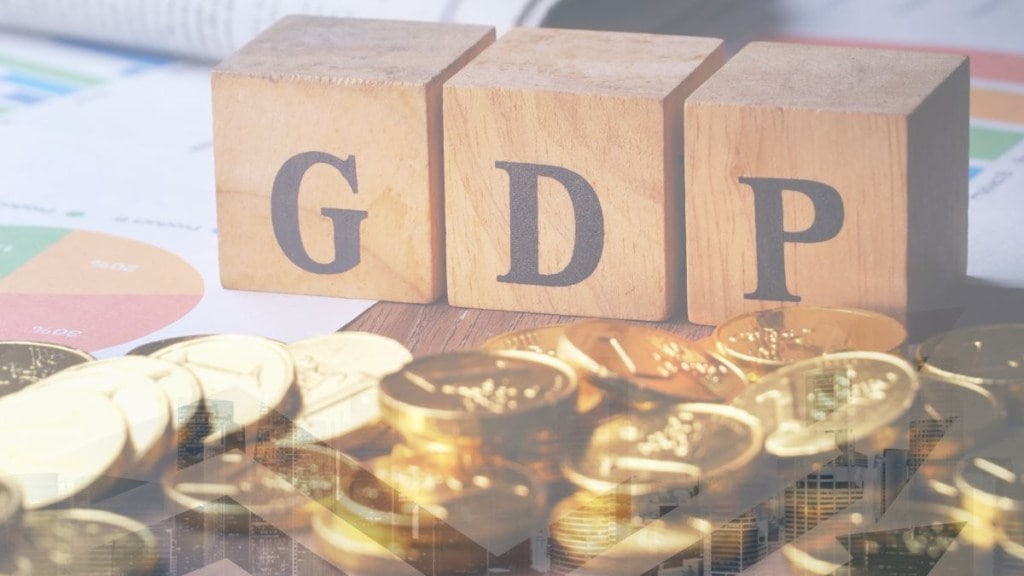India’s GDP growth in the current financial year is expected to remain steady at 6.5 per cent even as the latest data signal persistent industrial headwinds and heightened global uncertainties, stated a report by Crisil.
Industrial growth slows, consumption weakens
Growth in the Index of Industrial Production (IIP) slowed for the third straight month to a 10-month low of 1.5 per cent on-year in June, compared with 1.9 per cent in May, owing to a sharp decline in mining activity. An early monsoon affected mining activity. During the first quarter of FY26, IIP growth slowed to an average of 2 per cent from 4 per cent in the previous quarter, weighed down by consumer sectors and primary goods, even as some industrial sectors provided support. Manufacturing, while showing some resilience with a 3.9 per cent growth in June, was not enough to offset the drag from other sectors.
Furthermore, consumer sector performance too has been notably weak. Although still below last fiscal year’s average of 8.1 per cent, output growth in consumer durables picked up speed in June compared to the previous month. This was driven by stronger gains in wearing apparel (4.2 per cent versus 2.3 per cent). On the other hand, growth slowed in automobiles (4.7 per cent versus 6.2 per cent) and other transport equipment (0.5 per cent versus 6.5 per cent). Output in computers, electronics, and optical products continued to fall, though the decline moderated to -1.3 per cent from -4.9 per cent.
Output growth in consumer non-durables remained negative for the fifth straight month. Food output was flat on year, while beverage output continued to decline. Output growth in pharmaceuticals picked up (2.1 per cent vs -0.6 per cent).
Meanwhile, export-oriented consumer sectors saw an improvement, led by pharmaceuticals and wearing apparel.
External headwinds adding to pressure
According to Crisil, intensifying external headwinds pose a key downside risk to India’s growth prospects. It is still uncertain when the US President Donald Trump’s reciprocal tariffs will come into effect. The 10 per cent universal tariff hike by the US, combined with tariffs on sectors such as automobile, steel and aluminium, is expected to dampen global growth and hit India’s exports. S&P Global has, meanwhile, projected global growth to slow to 2.9 per cent in calendar year 2025 from 3.3 per cent in calendar year 2024. Furthermore, the heightened global uncertainty could deter investment decisions. Uncertainty around reciprocal tariffs and tightening global financial conditions add layers of complexity to the investment climate.
Reasons for optimism: Policy support and rural upside
Despite these challenges, Crisil has cited several factors underpinning its steady GDP growth forecast:
– Domestic consumption: Crisil said that a robust domestic consumption is expected to underpin industrial activity, supported by income tax relief in the Union Budget and an expected pick-up in discretionary spending as inflation cools.
– Monsoon boost: A favorable southwest monsoon (7 per cent above the long-period average as of late July) is likely to ease food inflation. Crisil said that the resultant easing of food inflation should create space in household budgets for discretionary spending.
– Supportive monetary policy: The Reserve Bank of India’s 100 basis point cut in the repo rate this calendar year is gradually translating into softer lending rates, which will also support domestic demand. Crisil said that another rate cut is anticipated later this fiscal.

